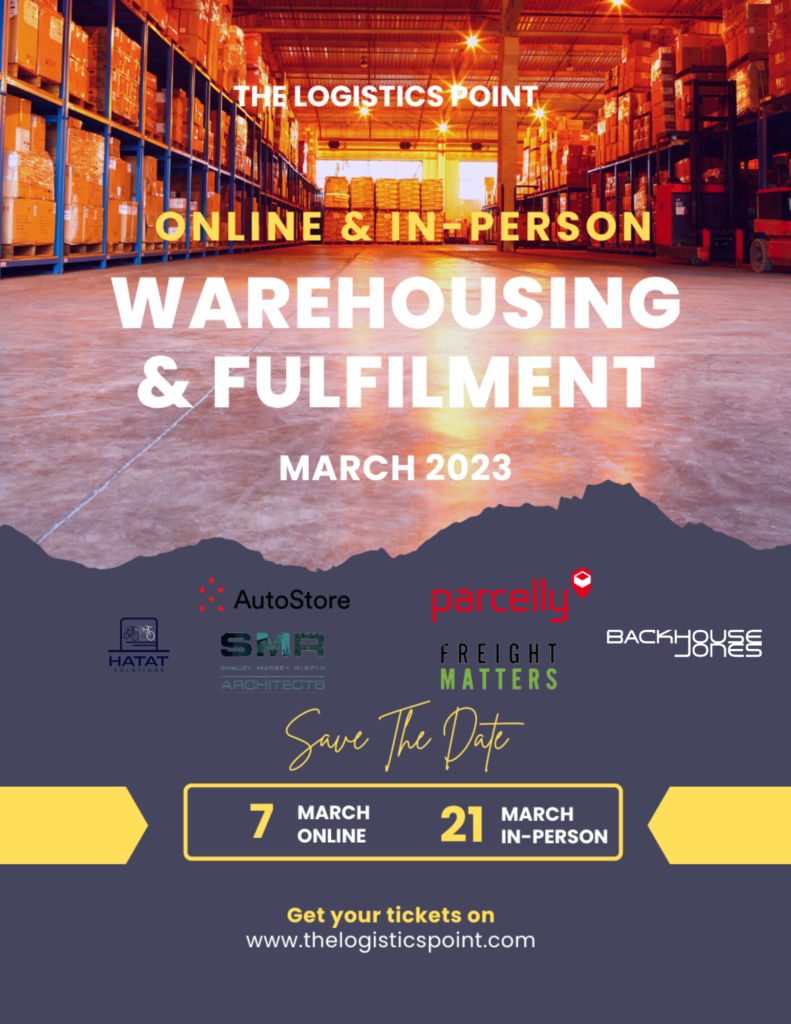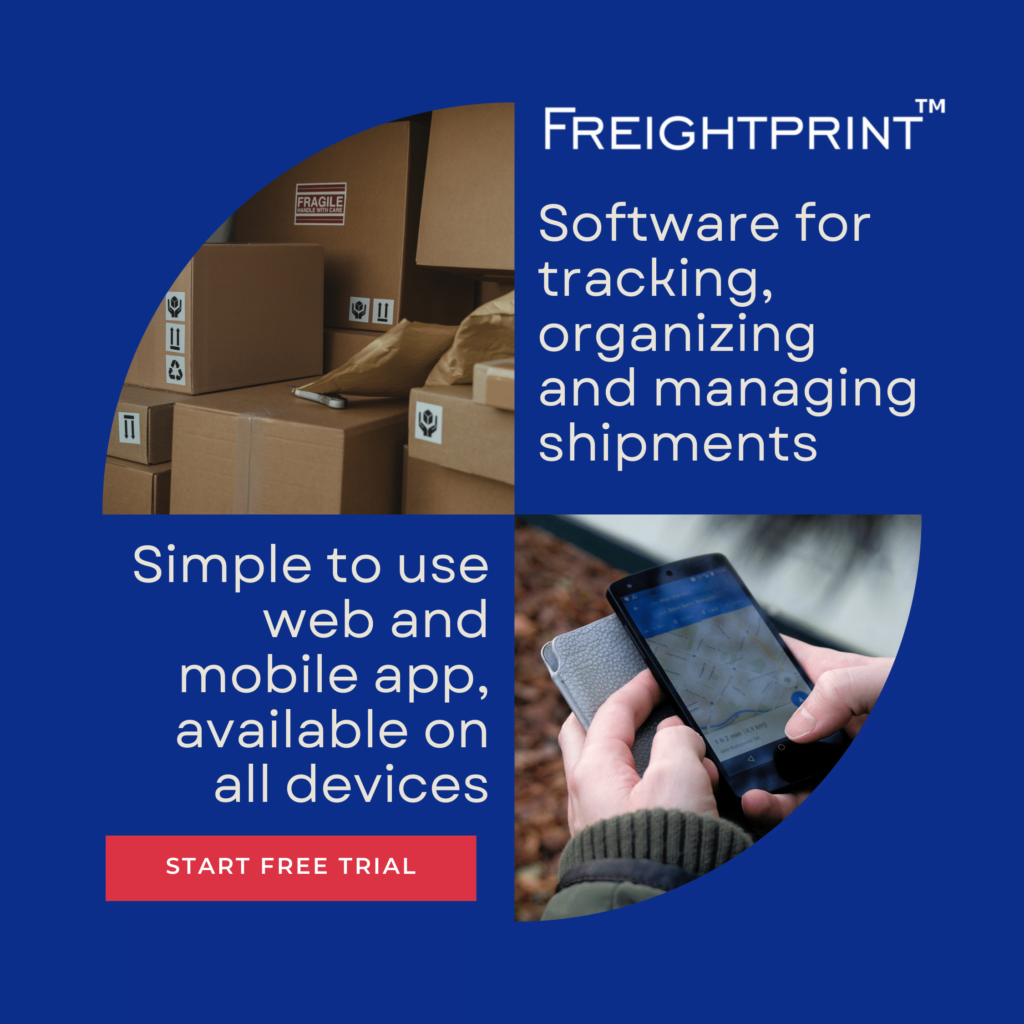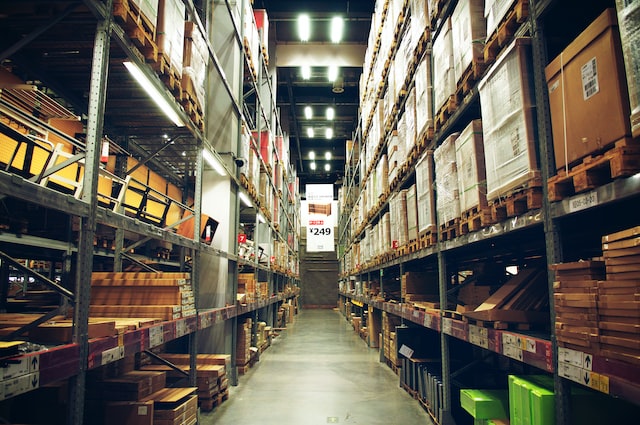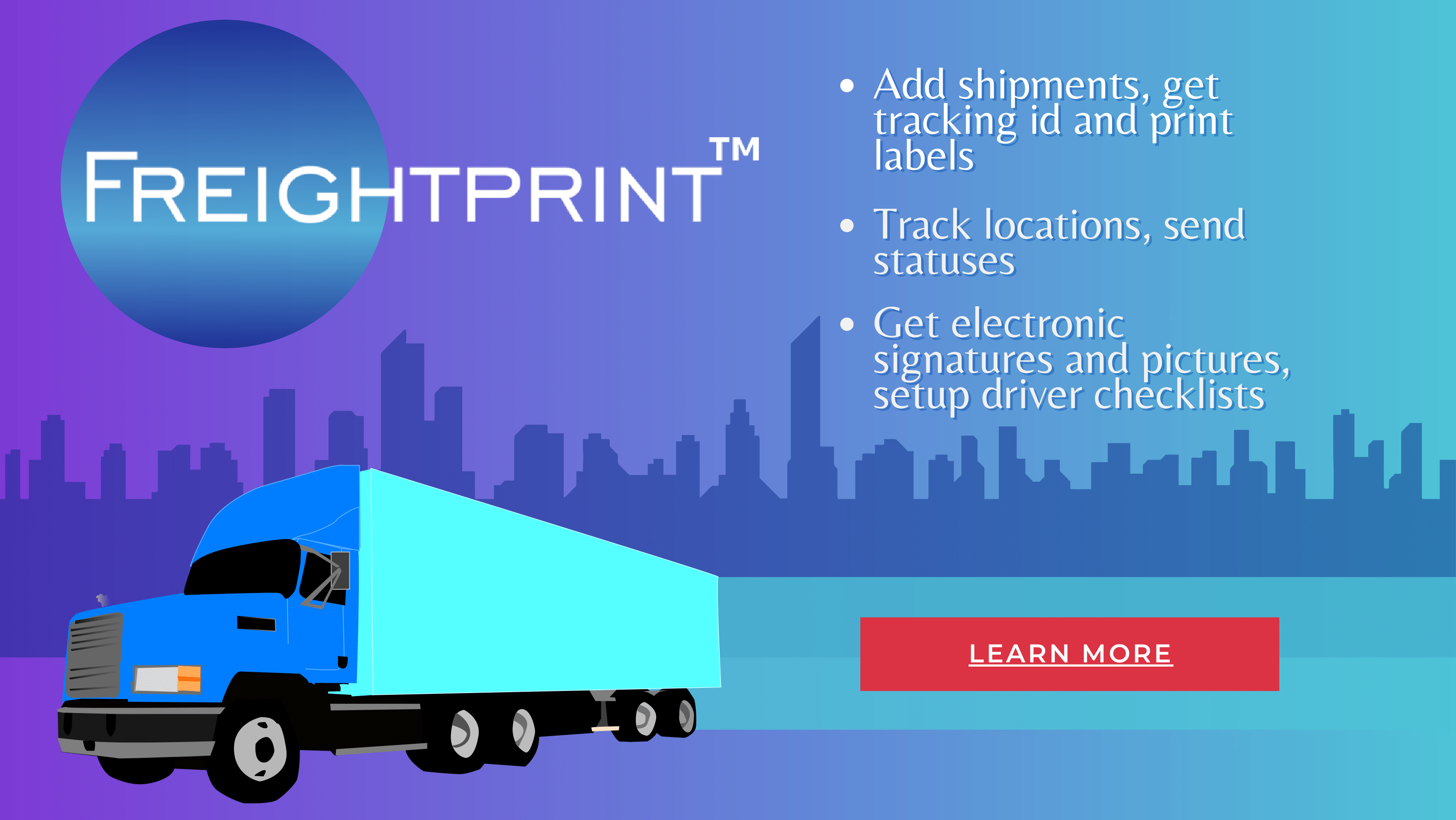Urban logistics is becoming a key topic. But there are still many unsolved challenges. We spoke to Max Wilson, Founder of SpokeSafe, about the future of micro hubs, how cargo bikes are being catered for by private and public partnerships and more. In the future Max expects innovative solutions and more urban hubs that will serve the consumer faster, but what will happen to the traditional larger logistics hub?
More stories from our February The Logistics Point Magazine here!

Max, what would the benefits be from smaller, inner city spaces for large logistics organisations?
I think the benefits of a distributed network of spaces for logistics organisations depend on their underlying model.
For most operators they will still need a larger hub on the edge of the city (or multiple ones depending on their scale) to act as their nerve centre and operational HQ. A company doing parcel delivery or order fulfilment will also need space to store the goods being delivered. So I don’t think a smaller network replaces a centralised hub, it supplements it.
For a courier the benefits are pretty clear – their riders don’t need to travel all the way back to their base in between jobs, and they can use the distributed network to reduce latent travel time, charge batteries, take a rest or to reduce their journey time when travelling to / from work at either end of the day.
For delivery companies I think a lot of those principles still apply, but in order to maximise the utility you would need fulfilment to the micro locations. So while the riders are out doing the drops, someone is replacing the orders in the micro hubs.
A distributed network also allows operators to drop off and repair faulty bikes closer to where the incident has happened, which saves money and time, and also means they have space to accommodate peak demand periods – you can off-site the bike storage to a cheaper location in the city and prioritise your core space for the storage of parcels.
For the spaces that we have at Spokesafe, we also operate a very flexible subscription model which means the operators don’t need to take leases or spend money to build the spaces – they can flexibly adjust upwards or downwards how much space they need. Our operating system also allows them to grant access to all of their riders and service partners, so anyone can get to the bikes if they need to. This is quite efficient from both an operations and finance perspective.
Do they not affect the economy of scale?
This depends on which type of logistics model you’re talking about and what types of vehicles you are using. If you’re using a cargo bike, which is generally faster around a city than a van, the loss in the total amount of goods you can transport is potentially made up for by the greater frequency of trips you can make and shorter delivery periods.
Especially if you are able to fulfil the micro hubs while the riders are out. Running cargo bikes is also cheaper than running vans. So that’s where the balance needs to come in.

I think a lot of the spaces that are going to be used as storage or distribution hubs are going to change as well going forwards. I wouldn’t be surprised if a lot of the larger retail units in urban centres operate as a mixture between a normal consumer shop and a distribution hub. Sort of like a shop at the front and a fulfilment centre at the back.
If that happens then it makes lots of sense for the logistics operators to be as close as possible to the retail shop so they can fulfil the orders faster and with less travel time. This is essentially what the rapid delivery companies like Deliveroo are doing. In this scenario the question would be whether you needed a main hub in a peripheral location at all.
Who would build and operate them? In cities like London industrial space is really limited and in some locations just doesn’t exist.
I think this is a huge trend almost everywhere – industrial space has dried up in fringe locations as it has been converted to higher value uses like residential.
This will continue to happen as well given the huge difference in value between residential and industrial real estate.
But there are ways of effectively re-purposing even lower value space to industrial / logistics use which has seen an increase in value. We have been doing this at Spokesafe – taking parts of car parks in central locations and converting them to cycle parking / cargo bike spaces. These are extremely central locations where the economics make sense to do this.
Companies like British Land are taking this up a level and buying whole car parks to turn into last mile distribution centres. A case in point is their purchase of the Finsbury Square underground car park which is being transformed into a multi-level logistics space.
Other companies such as Bloom are taking a slightly different approach. They are buying up traditional light industrial space in London, at quite high prices, and converting them to last mile logistics space with a real focus on design and amenity. I think they have four locations in London at the moment so it’s worth watching how that pans out.
At Spokesafe we are also working with a lot of transport operators such as TfL and Network Rail to take the spaces that they have and open them up to logistics operators. For example we manage two facilities at both London Bridge and Finsbury Park stations which have space for cargo bikes and are being used by logistics operators. So there is an element of looking at the urban landscape and figuring out ways to backfill the loss of traditional industrial space more creatively.
In terms of operating the spaces, the traditional model of the logistics company taking a lease from a landlord for 5-10 years will still of course happen. But I think with the technology we have now there is space for a more flexible model whereby multiple operators can share the same space to maximise efficiency and reduce costs. That’s what we’re really focussed on at Spokesafe – how do we build a technology product which allows operators to access as many spaces as they need as and when they need them, while minimising the management headache for the landlords.
How would these spaces look like if they have to accommodate more bikes, riders?
The underlying use cases, delivery methods and models are all changing pretty rapidly at the moment so it’s tricky to put a stick in the sand and say it’s going to happen this way or that way.
I think one of the trends which should play out pretty naturally is more rider amenity space. Delivery riders have a tough job so having a space where they can recharge, eat and rest will be an advantage for operators that are looking to hire staff.
Some of the spaces that I think will be transformed into last mile logistics spaces, such as car parks, also have physical constraints like low floor to ceiling heights. This will limit some of the vehicles that can be used in them and how those vehicles are stored.
They are also of course lacking in natural daylight and ventilation, so that’s something to consider as well.
So again I think it’s difficult to predict exactly what this will look like from a physical perspective, but I think we will start to see some quite creative solutions to these issues which is quite exciting. ✷
Our Warehousing & Fulfilment Hybrid Event in March will look in more details at micro-hubs, legal requirements and netzero! You can register with a combined ticket now!

